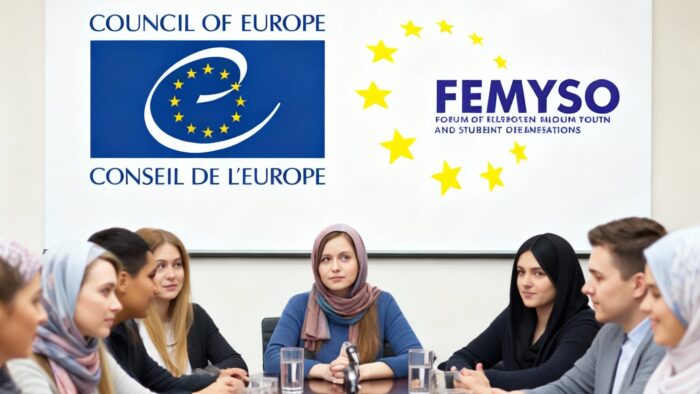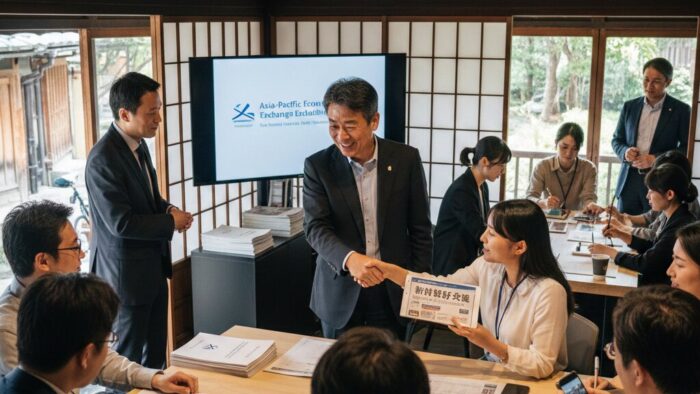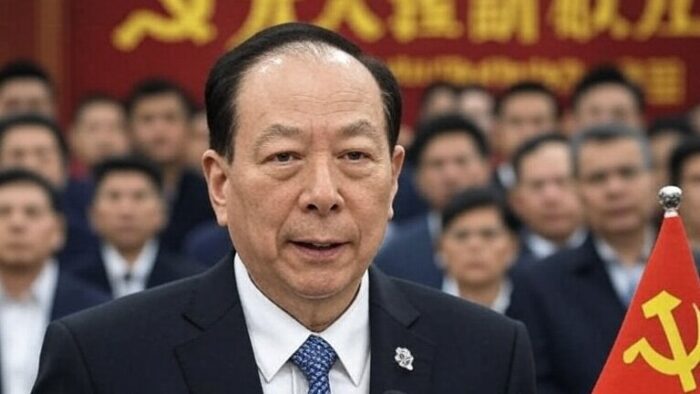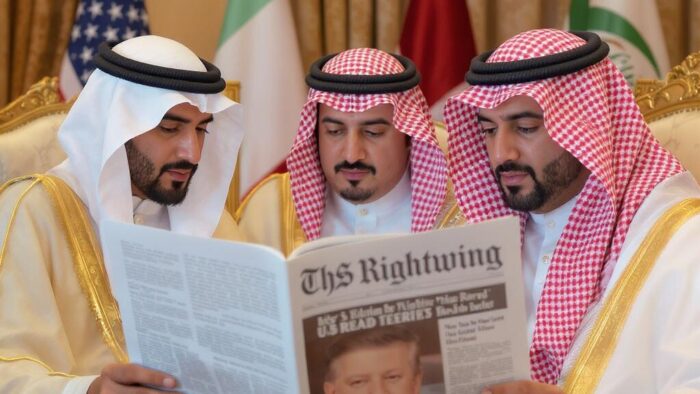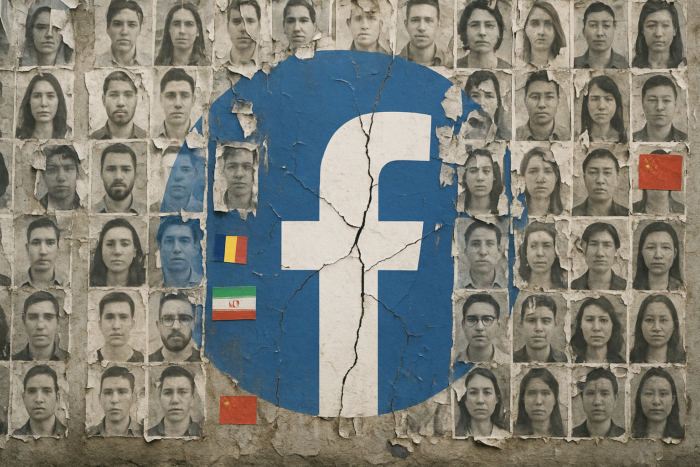Miburo, a US-based consulting company, is reporting that the Chinese government has adopted a calculated social media influencer strategy that includes three broad categories of influencers: “Veiled” Chinese state media personnel, “honeypots” and so-called peers. This strategy aims to circumvent attempts by Western social media to limit the reach of official state-linked media and to deliver Chinese propaganda via more trusted, more appealing messengers. According to a Miburo report:
January 31, 2022 The Chinese Communist Party (CCP), which has long struggled to find messengers that appeal to foreign audiences, has recently tapped into influencers’ remarkable power of persuasion in order to sell us the CCP itself and its controversial policies. This influencer-focused strategy is deliberate and calculated, as evidenced by Chinese state media (CSM) leadership’s own words. In 2016, Zhu Ling, editor-in-chief of state-owned China Daily emphasized the importance of “borrowing mouths” to speak favorably about China. […] The purpose of this influencer-focused strategy is twofold: to circumvent attempts by Western social media to identify and limit the reach of CSM (including Facebook and Twitter “Chinese state-controlled media” labels), and to deliver CCP-aligned messaging via more trusted, more appealing messengers. The use of CSM-based “influencer studios” and “borrowed” foreign influencers to create and disseminate PUGC works well for this purpose because it allows the CCP to control content creators’ messages and capture audience attention with eye-catching stories, all while granting the CCP plausible deniability. To execute this strategy, China has assembled a collection of pro-CCP content creators, including its own state media employees moonlighting as lifestyle influencers, foreigners paid by the CCP to toe the party line, and even members of Chinese ethnic minority groups used in domestic information operations. In total, we have found more than 200 such influencers. Partly owing to their sheer numbers, we have classified them according to their backgrounds, target audiences, and the particularities of their recruitment and management. China’s propaganda influencers fall into three broad categories: “honeypots,” “peers,” and “veiled CSM reporters.” This need for a taxonomy illustrates both the breadth and the ambition of China’s new peer-to-peer propaganda strategy.
Read the full report here.
The Miburo report defines the three broad categories of influencers the Chinese communist party (CCP) is using for its propaganda efforts as:
- Honeypots are young, attractive lifestyle influencers (primarily women) who are highly interactive with their audiences. Their regular content seems apolitical, but they normalize the CCP’s worldview.
- Peers are primarily Western influencers who speak and look like their target audiences. They act as CCP voiceboxes, taking their viewers on tours of various locations around China while praising developments in technology, society, and even agrarian reforms.
- Veiled Chinese state media (CSM) reporters are CSM employees who identify as reporters and journalists but are not always forthcoming about their CSM affiliations on Western social media. Some openly attack Western democratic systems, accusing them of hypocrisy and human rights abuses.
A second Miburo report analyzes how the unique characteristics of these influencers allow their CCP-aligned messaging to reach audiences, getting to them first and mainly from a trusted source and without rebuttal. This ends up being a particularly effective method of disseminating propaganda.
